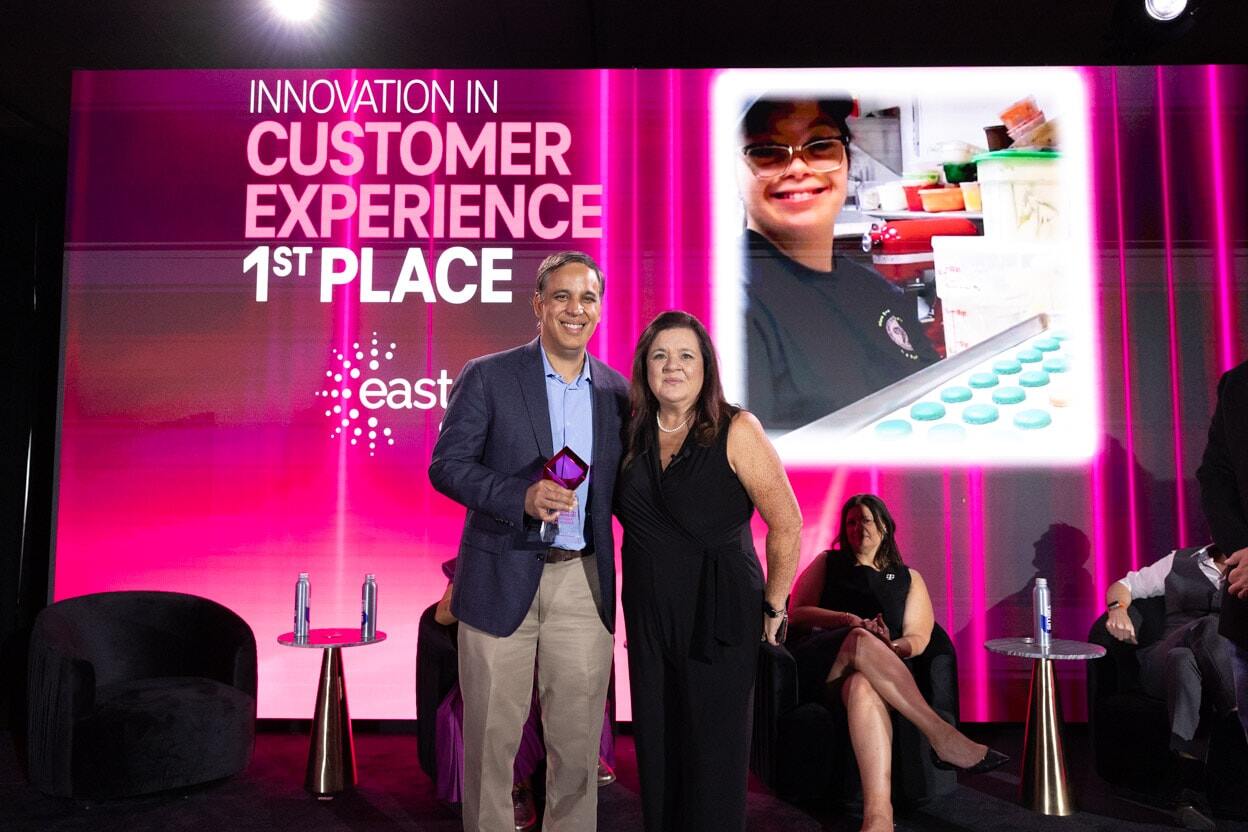Dr. Gregory Downing, DO, PhD, the founder of Innovation Horizons and a Floreo consultant, recently shared his thoughts on the benefits of technology within the autism community:
In recent years, there have been many exciting new software and devices products that have been developed to support individuals affected by behavioral and developmental challenges such as autism. How do we know what works best in each situation? Floreo, through the use of virtual reality and remote teletherapy, is among the emerging services that are being used by therapists, parents, and educators to support language development and social skills in people affected by autism. An important part of the puzzle for the use of digital therapies is the testing and gathering of information about what works and what doesn’t for specific individuals. Essentially, how do we know what approaches benefit certain groups of individuals?
Recently, an international group of autism experts took an important step to answer this question as they used a consensus development process that included persons affected by autism, therapist and instructors, and researchers.[1] The output of the group’s work was a framework of evidence-based practices that enables stakeholders to evaluate the value of these digital therapies in certain settings and individuals. The participants agreed that there were 3 categories that are important to evaluate: reliability, engagement, and effectiveness of the technology. Furthermore, they established that there are 4 sources of evidence that are applicable to each of these categories: hands-on experience, academic sources, expert views, and online reviews. An important first-time feature of this framework is the inclusion of the autism community in contributing opinions about the value of these technologies. This group recognizes that while randomized clinical trials comparing methods are important in evaluating a clinical effect, other attributes of technologies that are meaningful are also important. In other words, this framework is inclusive of a ‘real-world’ evidence perspective of those using them in evaluating benefits of these interventions.
This group went on to establish a public resource of the analysis of digital therapies for autism, the Building Evidence for Therapies for Autism (Project Beta). Here, anyone can gain insights into what evidence exists about a particular technology, and, importantly provide their input on their own experiences. This project provides not only free information, but opens the door for individuals, family members and therapists to contribute their data about their experiences with a particular intervention.
At Floreo, we see the authors’ framework as an important guide to our development of services that are customized approach in a personalized way to achieve benefit. Our Chief Medical Officer, Dr. Sinan Turnacioglu, a developmental pediatrician, notes “this new resource provides an unbiased, transparent, and balanced approach that enables patients, families and caregivers to make more informed decisions and play a key role in the innovation process.” We at Floreo will continue to build our evidence and leverage this framework as we learn more from the use of virtual reality-based therapy.
[1] Zervogianni V, Fletcher-Watson S, Herrera G, Goodwin M, Perez-Fuster P, Brosnan M, and Gryznspan O. A framework of evidence-based practice for digital support, co-developed with and for the autism community. Autism 2020; 24: 1411-1422.



.png)


-1.png?width=550&height=250&name=Untitled%20(3)-1.png)